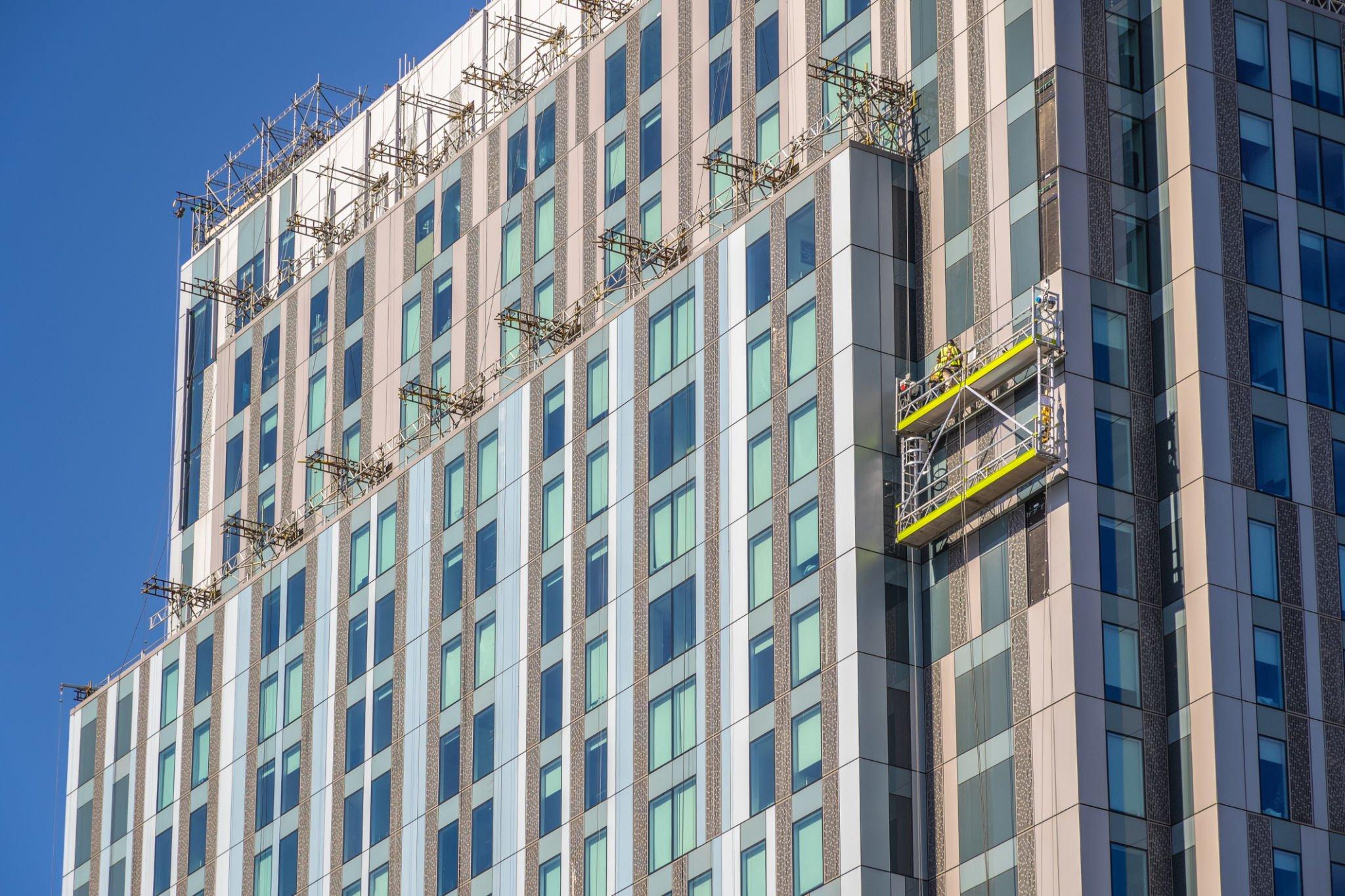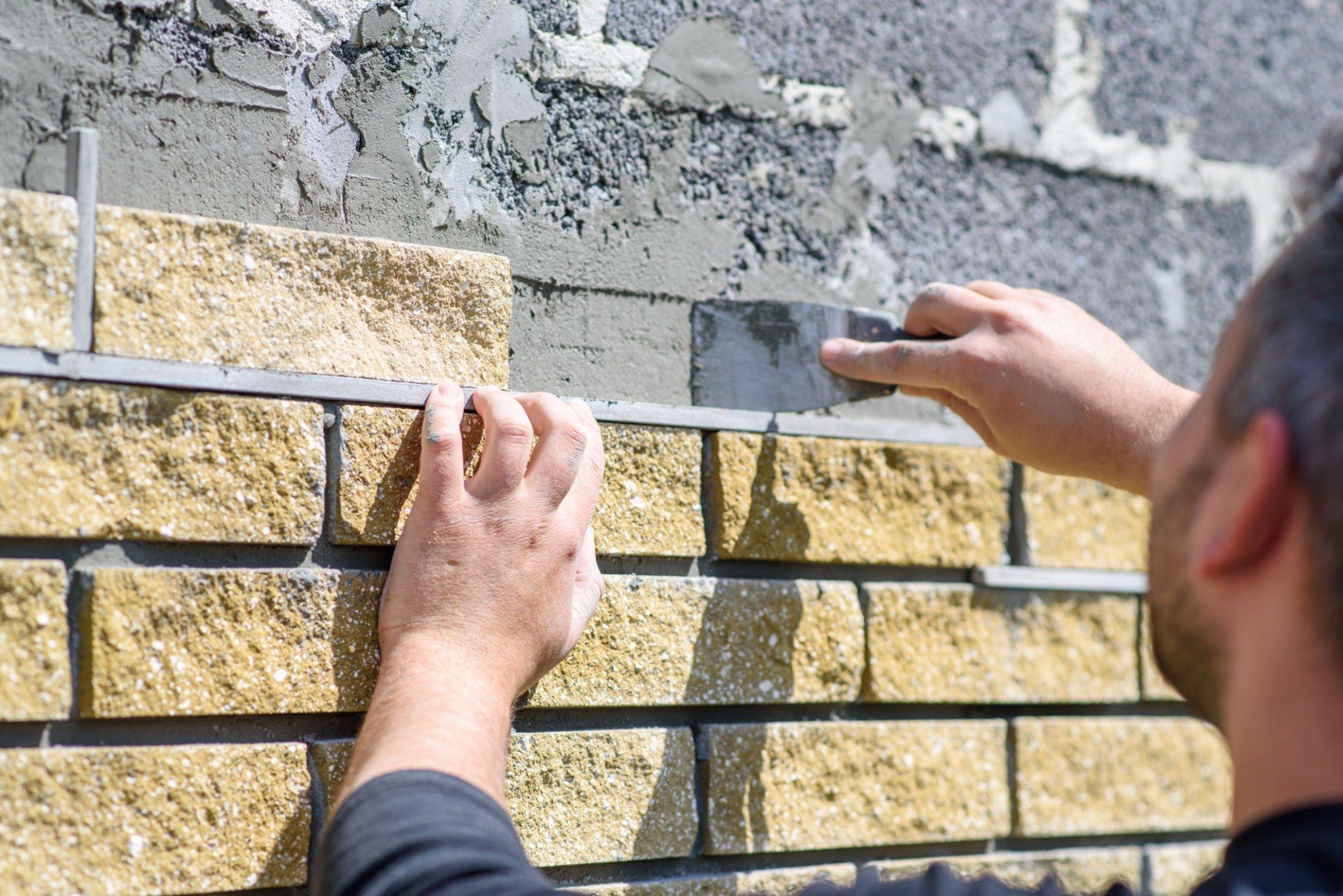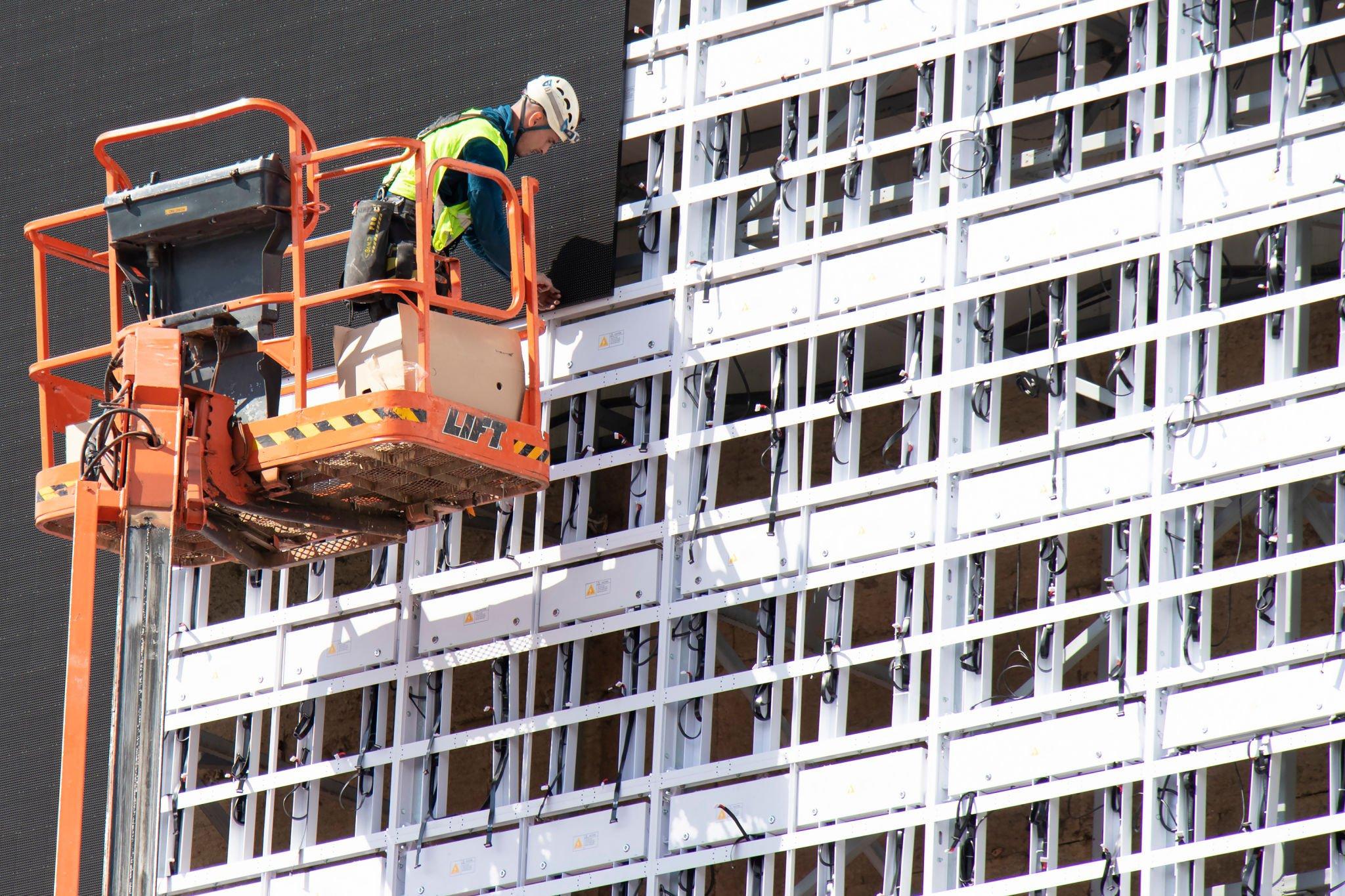Exterior panelling is an effective way to protect a building from weather conditions and other threats that can be harmful to the structure of the building. It is a construction process in which the materials are attached to the main structure to make non-structural exterior surfaces. These materials include fillers, insulation, outer layer or screen exposed to weather elements, cavity barriers, brackets, fire breaks, fixings, flashings, gaskets, and sealants.

Due to its numerous benefits, exterior wall panelling or cladding is used all across the world on many properties. It requires low maintenance while also providing insulation and protection to your property. Many homes and high-rise apartments use external panelling as a decorative element to enhance the aesthetic appeal of their property.
What is it used for?
It is mostly used for:
- Controlling and preventing water from ruining the walls of the building and other internal elements.
- Allowing water leakage that can be hazardous for people who are walking inside the structure.
What materials are used?
Several kinds of materials, such as metal, wood, brick, plastic, or fake stone can be used depending on the work. Aluminium Composite Material (ACM) panelling has aluminium sheets attached to a central. It is lightweight, versatile and has a variety of decorative treatments. It offers weather protection and has great insulating qualities. Metal panelling is usually made of galvanised steel or aluminium.
Non-Aluminium Composite Materials include:
- Laminate
- Insulated render
- Expanded Polystyrene
- Timber
Benefits of external panelling

The main benefit of using exterior wall panelling is protecting the building from external damage with little or no maintenance required. Once the external wall panelling is installed, it does not need to be checked or maintained regularly like other weather security measures that demand regular maintenance. This saves both time and money.
Protects your property
- External panelling protects your property from any damages due to rain and strong winds.
- It helps in reducing corrosion and enhancing the mechanical strength of your base structure, particularly high-rise buildings.
- It is also used to increase resistance to sunlight and lessen mould growth.
Read also: A Guide for First Home Buyers (Perth): Mistakes to Avoid
Aesthetic appeal
External panelling makes a property look more desirable and appealing which can increase the value of your property. You can choose a variety of colours and styles to coordinate with your interior décor giving your home a complete look.
Low maintenance
External wall panelling requires minimal maintenance as it has a specific that makes it easier to maintain and is very durable. It doesn’t require painting like brickwork that needs to be repainted after a certain time. You just need to use a hose and spray to get rid of dirt, that too once a week or month or even in months, whichever suits you.
Provides insulation
External panelling helps in insulating your home, keeping it warmer during winter which reduces the need to put on your heating. This lowers electricity loss and saves money. It also has excellent sound insulation, which lessens outside noise leaking into your property.

Exterior panelling shields your house from any potential damage while also adding aesthetic appeal. Choose from a wide variety of designs and consider making changes to your home’s appearance right away.



